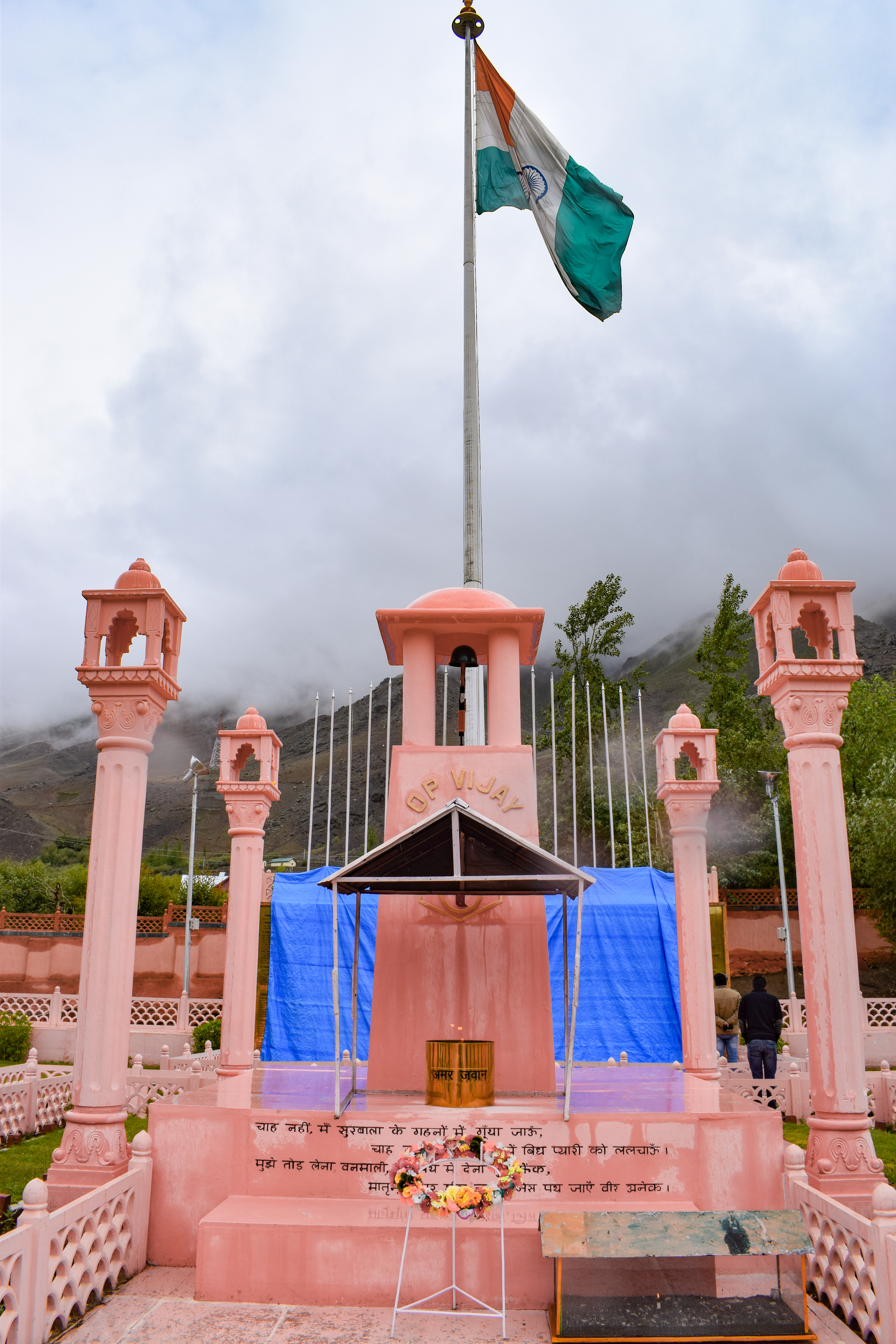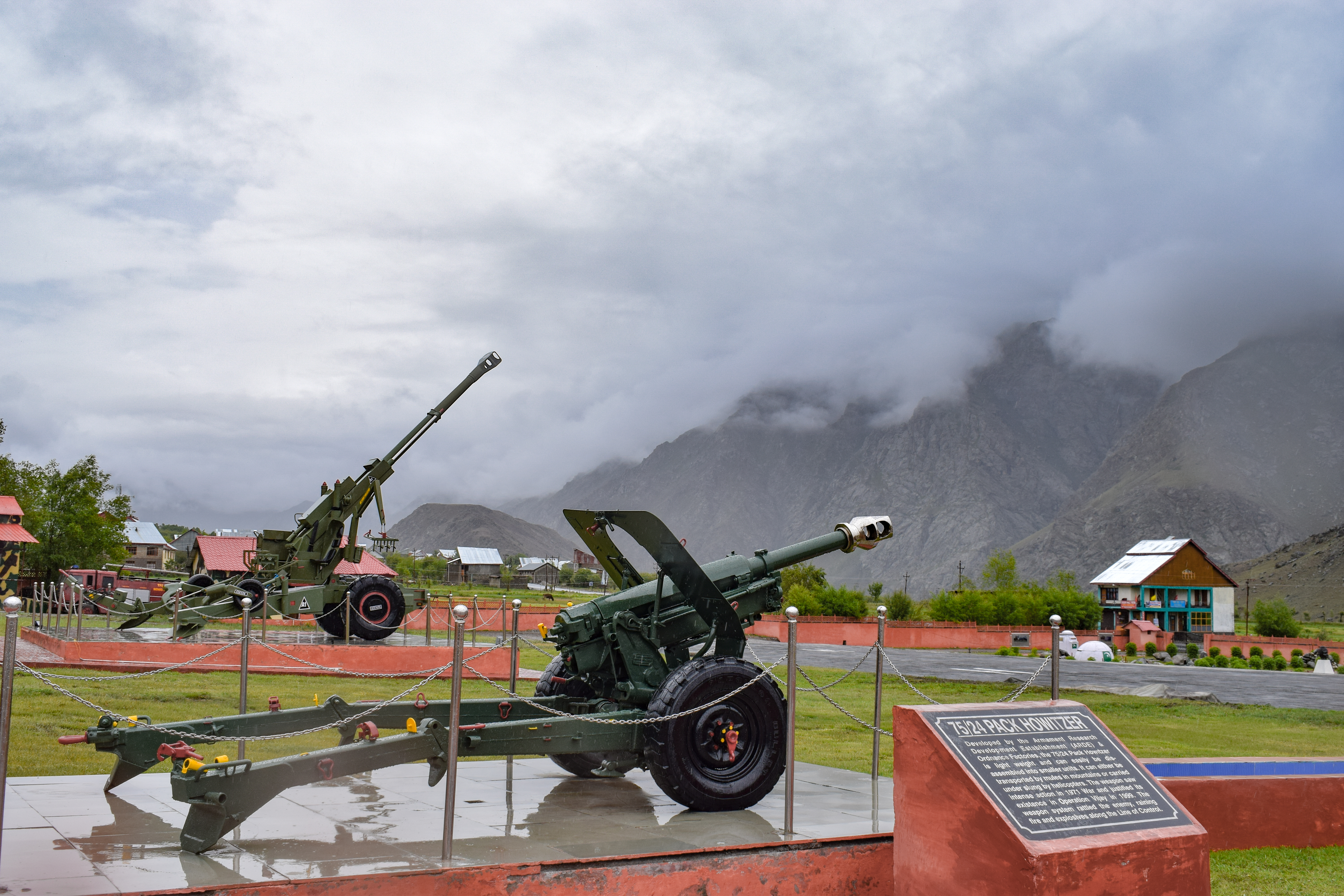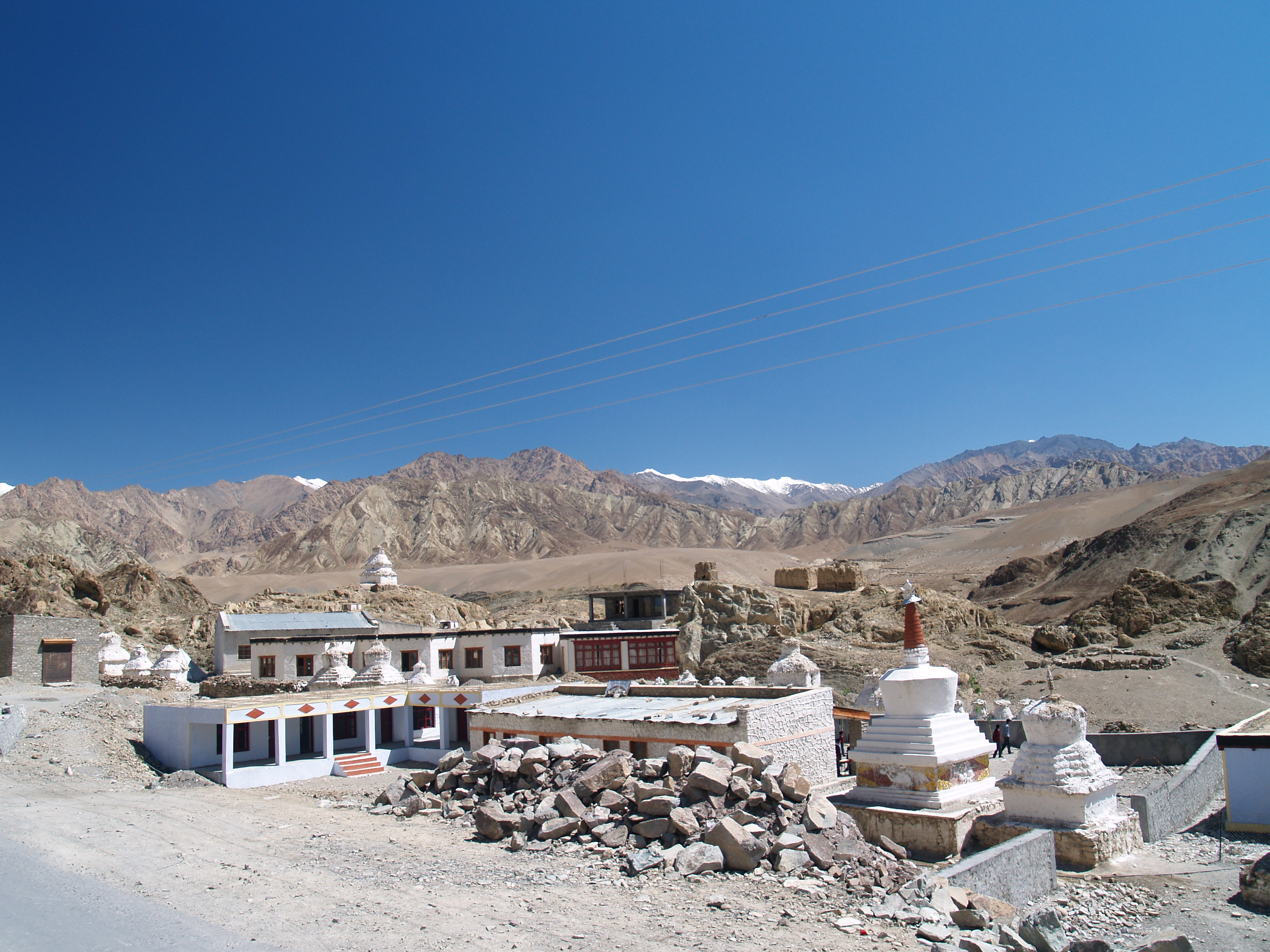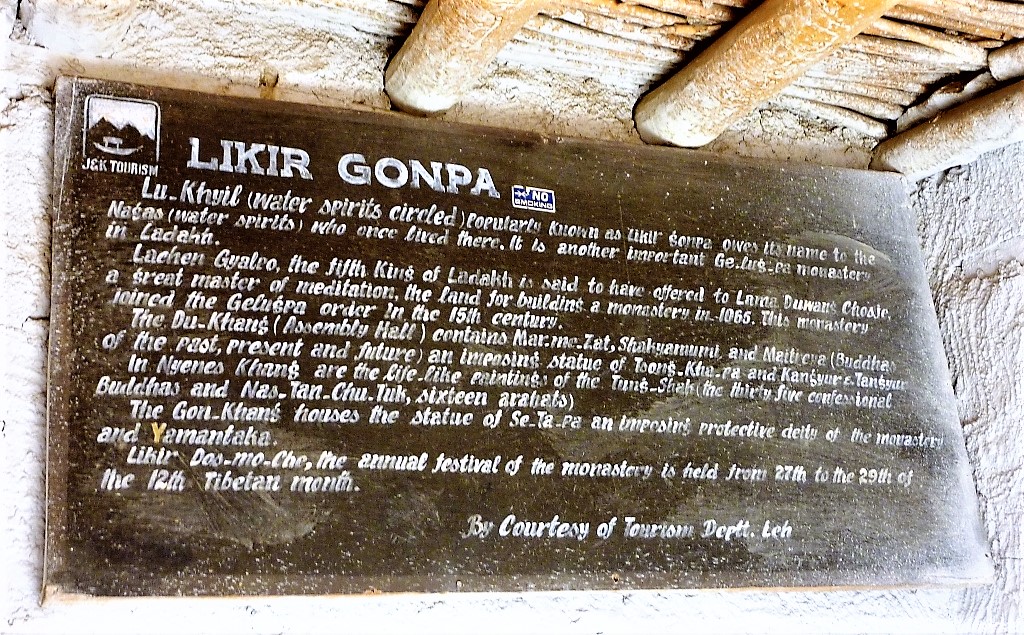The Kargil War Memorial stands as a poignant testament to one of the most significant military conflicts in modern Indian history. Located in the rugged terrain of Drass, near Kargil in Ladakh, this memorial commemorates the extraordinary bravery of Indian soldiers during the 1999 Kargil War, a conflict that brought two nuclear-armed nations to the brink of full-scale war.
The memorial captures the essence of a conflict that was far more than a territorial dispute. It was a moment when Indian soldiers demonstrated unprecedented courage in the face of extreme adversity. The mountainous landscape of Kargil, with its treacherous heights and unforgiving terrain, became the backdrop for one of the most challenging military operations in modern warfare. Operation Vijay, as it was called, was not just a military campaign but a testament to human resilience and national pride.
Captain Vikram Batra, immortalized as "Shershah" (Lion of the Mountain), emerged as the iconic symbol of this war. His legendary words, "Yeh Dil Maange More" (This heart yearns for more), became a rallying cry that epitomized the spirit of the Indian soldiers. Batra, along with other brave soldiers like Captain Manoj Pandey, who was posthumously awarded the Param Vir Chakra, represented the extraordinary courage that defined the Indian military's response to the Pakistani intrusion across the Line of Control.
The international dimension of the Kargil War added another layer of complexity to the conflict. With both India and Pakistan being nuclear-armed nations, the potential for escalation was immense. The diplomatic intervention of the United States and other international powers played a crucial role in preventing the conflict from spiraling into a more catastrophic confrontation. This delicate diplomatic balancing act highlighted the geopolitical significance of the Kargil conflict.
The memorial itself is more than just a stone structure; it is a living narrative of sacrifice and patriotism. The central pink sandstone wall, bearing brass plates with the names of fallen soldiers, serves as a powerful reminder of the human cost of war. Each name inscribed represents not just a soldier, but a story of courage, of families who gave their most precious possession in service of the nation. The 30-metre flag pole, bearing the Indian national flag, stands as a symbol of unwavering national pride and sovereignty.
Beyond its military significance, the Kargil War Memorial has become a crucial site of national remembrance. The annual Kargil Vijay Diwas on July 26 transforms the memorial into a site of collective memory and honor. Visitors from across the country come to pay their respects, to understand the magnitude of the sacrifice made by these soldiers, and to feel a profound connection with the nation's defense history.
The museum within the memorial offers a comprehensive narrative of the conflict. Through artifacts, documents, and multimedia presentations, it provides visitors with an immersive understanding of the war. Military equipment, strategic maps, and personal accounts of soldiers create a holistic picture of the conflict, ensuring that the lessons and sacrifices of the Kargil War are not forgotten but remembered and honored by future generations.
In the broader context, the Kargil War Memorial represents more than a commemoration of a specific conflict. It is a powerful symbol of national resilience, of the extraordinary courage that ordinary individuals can demonstrate in extraordinary circumstances. It reminds us that national integrity and the protection of territorial sovereignty come at a profound human cost, and that the true measure of a nation lies in how it remembers and honors those who make the ultimate sacrifice.






